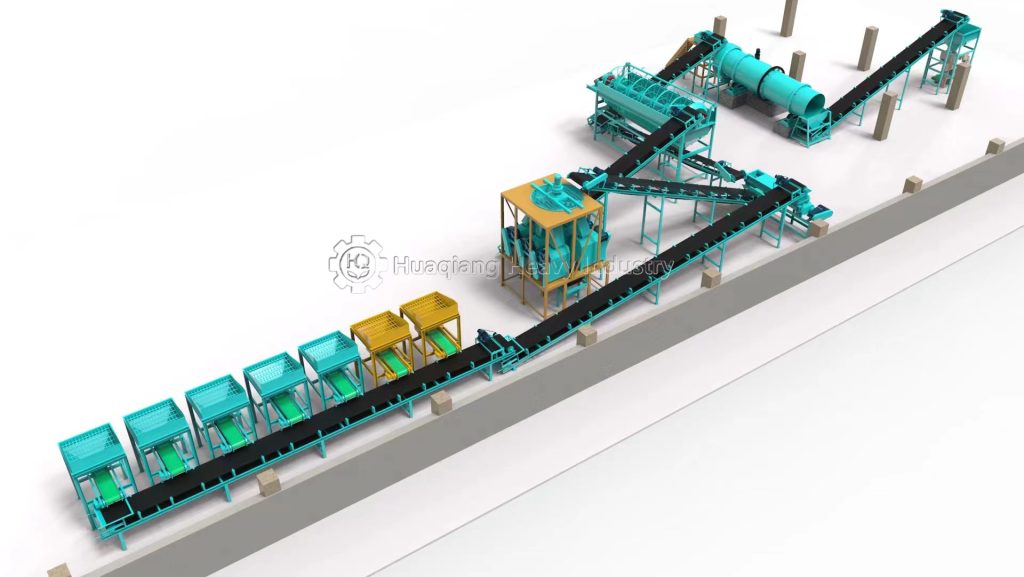NPK compound fertilizers and bulk blend fertilizers (BB fertilizers) have similar uses—nourishing crops with nitrogen (N), phosphorus (P), and potassium (K)—but npk fertilizer production process and properties are distinct. Understanding these differences is crucial for farmers and producers.

NPK fertilizers are chemically synthesized: their nutrients are fused into a single granule through a chemical reaction. During the npk production process, raw materials such as urea (N source), ammonium phosphate (P source), and potassium chloride (K source) are mixed, heated, and reacted to form uniform granules. Each granule contains a fixed ratio of N, P, and K (for example, 15-15-15), ensuring an even distribution of nutrients within each granule.
By contrast, BB fertilizers are physically mixed: they combine pre-manufactured single-nutrient granules (for example, urea granules, diammonium phosphate granules, and potassium chloride granules) in specific ratios. No chemical reaction occurs; the end product is a mixture of different granules, each carrying a single primary nutrient. This makes BB fertilizer highly customizable—producers can quickly adjust ratios based on soil tests (for example, a 20-10-5 ratio for leafy crops).
Precision requirements reflect their production methods. For NPK fertilizers, precision begins with the metering of raw materials: any deviation in the mixing ratio during the chemical reaction directly alters the final nutrient content. Manufacturers typically limit nutrient variation to within ±1% of the stated ratio. BB fertilizers rely on physical mixing, requiring precision in two stages: precisely weighing each individual nutrient component (with a ±2% tolerance) and thoroughly mixing to prevent particle segregation, which can lead to uneven nutrient delivery across the field.